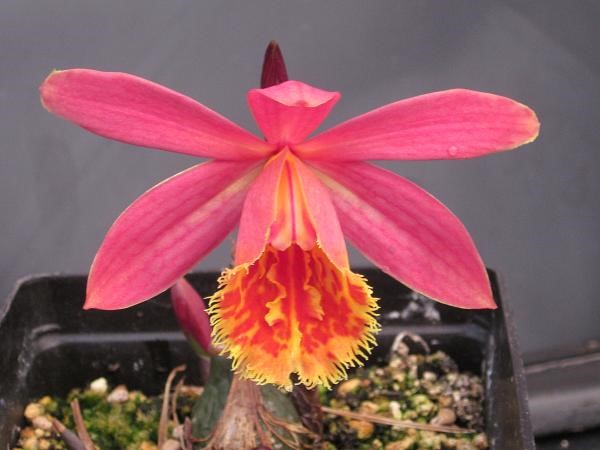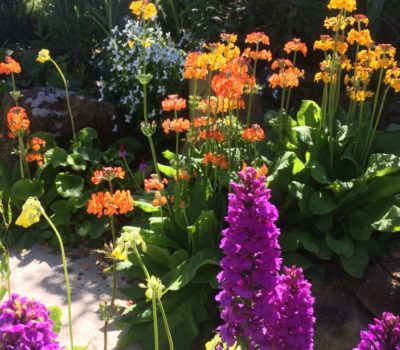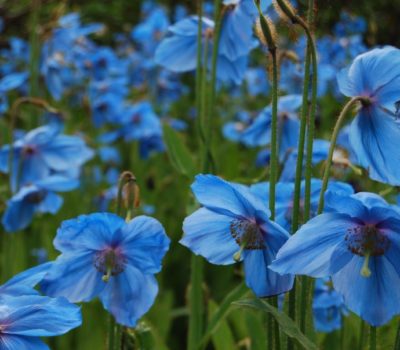How to care for Pleione Orchids
Published: 27th August 2020Growth Phase
The young Pleione shoots develop in March/April and flower in the spring. After flowering, the plant continues to develop its foliage and to mature its bulbs. Come the autumn, Pleione’s go into their winter dormancy, and the leaves yellow, fade and disappear. Over the years, the bulbs divide to form increasingly large masses.
Winter Dormancy
During the winter, the plant is at total rest and only the bulb persists. Keep it dry and sheltered from severe frost during the entire winter period until the resumption of growth at the end of the winter.
At the beginning of spring, when the bulbs start to germinate, moisten the substrate very slightly.
The old desiccated pseudobulbs can be removed.
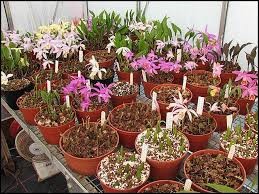
Planting
Tolerating temperatures down to -10, Pleione’s can be grown outside in some areas of the UK, however, drainage has to be good and a little protection in the way of conifer branches will help.
Pleione’s are also very suitable to growing in a container. The bulbs should not be buried in the substrate but planted so that a third of their size protrudes from the compost.
Once the growth has begun, never depot the plant: Pleione’s are unable to reform broken roots. The bulbs therefore should not be disturbed as from the moment when the shoots start to germinate.
These orchids are highly tolerant with regard to their substrate. You can keep them in peat-based substrates or in mixtures of bark chippings, moss and compost.
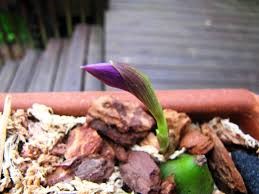
Exposure
The ideal exposure will be semi-shaded. A site in the sun is not excluded but then take care to keep the substrate wet as from the spring and during the entire summer. In order to prevent the substrate from drying too quickly during the growth period, you can cover it with a layer of moss & bark chippings.
Pleione’s are gross feeders during the growing season and will benefit from a liquid feed at this time.


